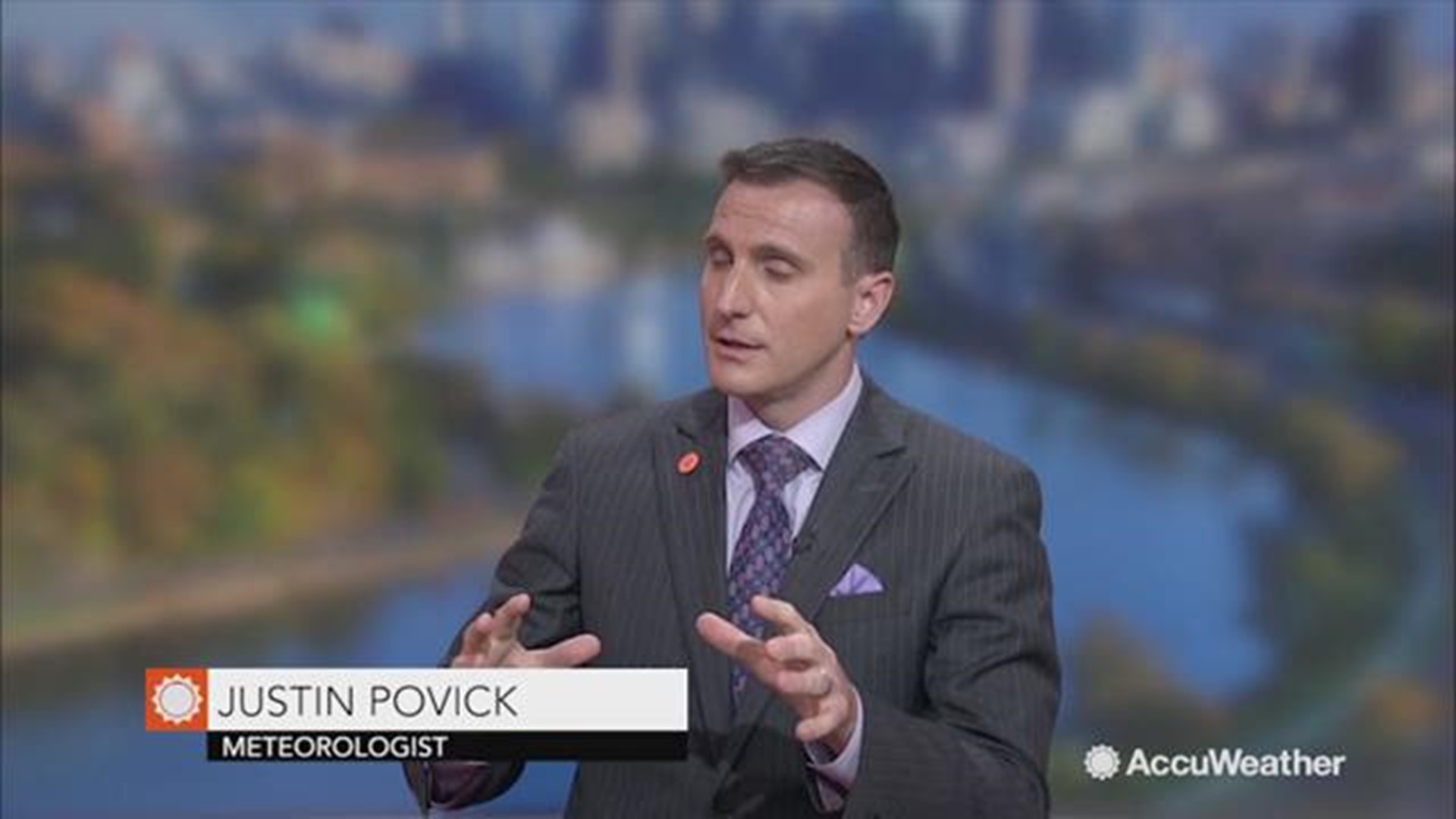CENTRAL TEXAS — We are knee deep in summer and Central Texas is truly feeling the brunt of mother nature’s heat and humidity.
High temperatures are expected to exceed mid-90s and climb in the lower 100s. Aside from the heat and humidity, drought conditions during what is notoriously the hottest month of the year, continue to bring the aggravating impact of allergies.
So, while you are fighting these aggravating and often microscopic demons, let’s clarify a few myths from facts.
Rain Helps Pollen Allergies:
This is true. The constant rain helps keep those air pollen particles in check. If you don’t enjoy playing in the rain, maybe you’ll enjoy venturing outdoors immediately following a rainstorm. Typically, the humidity levels left behind keep pollen counts low. The time window where pollen counts spike is between 10 a.m. to 4 p.m. However, for dust and mold allergens, this is not a friendly relationship. Mold and dust spores thrive on damp conditions.
The More You Grow:
Some people think the allergies that they had as a child will not follow them as they grow older. On the flip side, many people believe that because they didn’t have allergies as a kid, they may not ever have them. This is contrary to many studies.
Honey Makes It Alright:
This is one topic that divides us all. Many people swear by the notion that local honey alleviates pollen allergens, while other medical professionals dispel this theory. It is true that the taste of honey heals a lot of wounds, but when it comes to allergies, it falls short because most local allergies do not stem from the types commonly found in honey.
Staying Indoors vs Outdoors:
While you may think that allergies take a hike at the door, others appear inside your home as well.
Here are some tips to keep in mind:
- If outdoors, change your clothes immediately upon entering your home.
- Take a shower.
- Do not hang clothes outside to dry or keep your windows open during high pollen count days.
- Avoid wearing contact lenses on dry days because pollen can stick to them.
- Avoid outdoor activities during the peak hours for allergies between 10 a.m. and 4 p.m.
To view KVUE's daily allergy report, go here.

